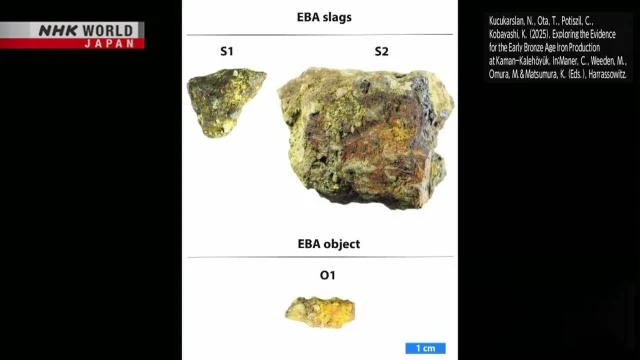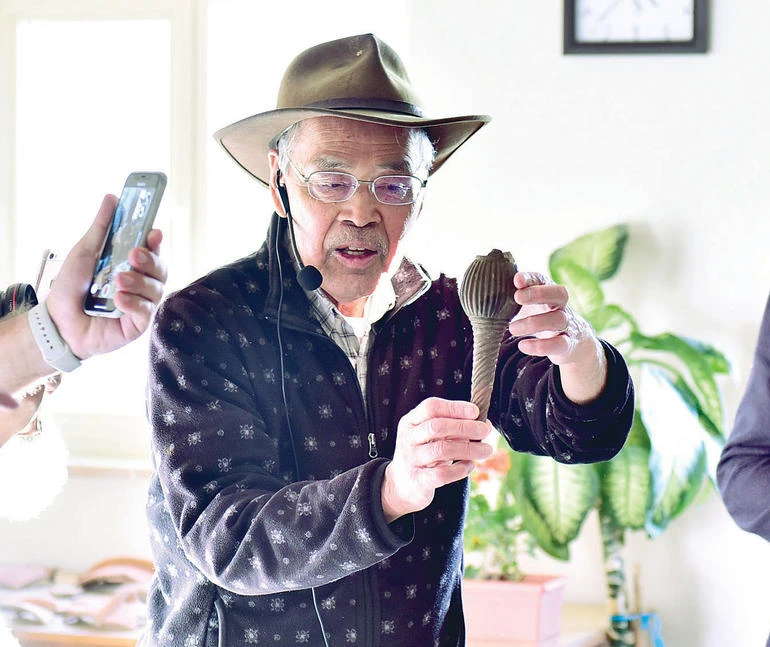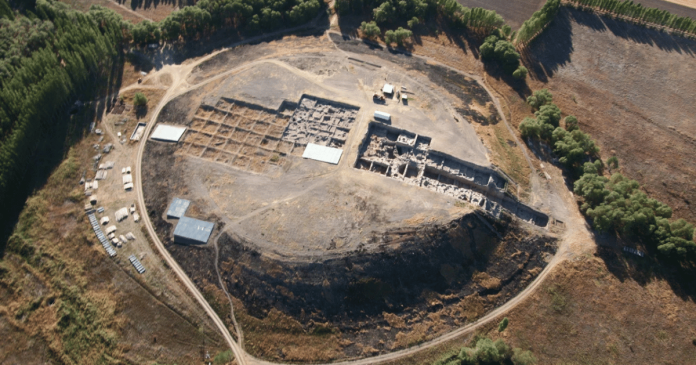Archaeologists from Japan have uncovered remarkable evidence in central Türkiye that could transform our understanding of early iron production. A team led by Professor Sachihiro Omura discovered heated iron ore in a Bronze Age layer in central Türkiye. The layer dates back approximately 4,200 years, according to Japan’s NHK public broadcaster.

Early Ironmaking Experiments
The discovery was made at the Kaman-Kalehoyuk archaeological site, where Japanese researchers have conducted excavations for four decades. Researchers analyzed metal fragments from the site’s northern section using an electron microscope. Two samples contained heated iron ore. Another sample was classified as artificial iron. These findings suggest ancient Anatolian civilizations tested iron production techniques long before the Iron Age officially began.
Iron Production Before the Hittites
It has long been believed that large-scale ironmaking began with the Hittite Empire around 3,400 years ago. However, the recent discovery indicates that attempts to produce iron may have started nearly a thousand years earlier. Researchers speculate that early metallurgists could have adapted methods from copper and bronze smelting to experiment with ironworking.

Additionally, the excavation revealed about ten furnaces within the same layer. Ongoing research will determine whether these structures were used for iron production, potentially offering new insights into the origins of metallurgy in Anatolia.
A Landmark Discovery in Metalworking History
Professor Omura highlighted the importance of the findings, suggesting that early iron production efforts in Anatolia may date back significantly further than previously believed.
The research team is set to present its findings at the Tokyo National Museum on March 9, contributing valuable knowledge to the study of ancient technology and metalworking.

